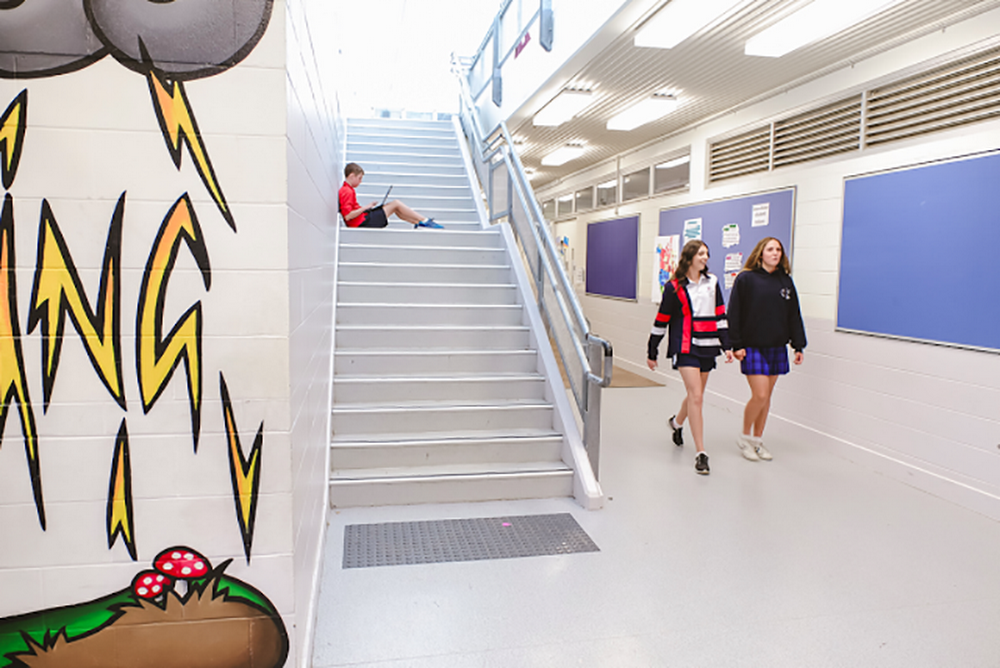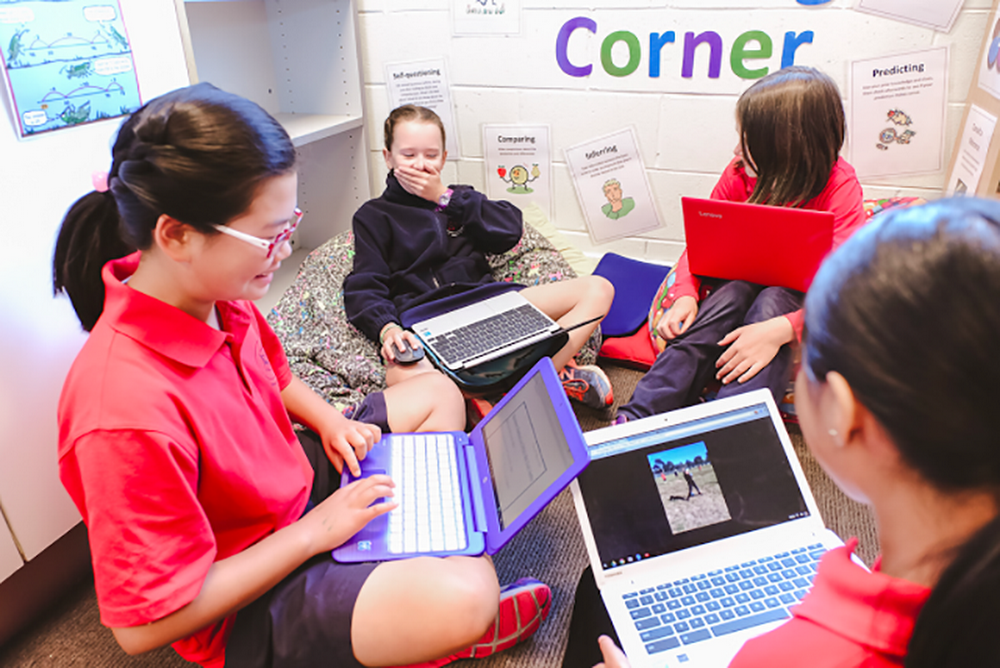Editor's note: Today’s guest author is Daniel Bray, Program Manager, eLearning, for the Australian Capital Territory (ACT) Education Directorate. A former teacher, Bray initiated a districtwide digital program, which brought Chromebooks and Google Apps for Education into all Canberra public schools. The “Learn, Anywhere” program has since been recognized at the federal government level as a finalist for the national eGovernment Excellence awards for Project and Program Management. You can read full the full ACT case study here.
I work for the Australian Capital Territory (ACT) Education Directorate, which serves 45,000 students from preschool through year 12 in the 87 schools comprising the Canberra Public School system. In 2013, the Directorate launched a district wide digital transformation program with the goal of empowering students to "Learn, Anywhere.”

While we were thrilled at the prospect of helping students learn both inside and outside of the classroom, making this goal a reality came with it’s own unique set of challenges. Our first step was to bring all of Canberra Public Schools into a single, centralised network. We soon realised that our learning management system didn’t scale, and that many schools’ laptops were beyond obsolete. A group of our students, frustrated with computer log-in times, sent our CIO an assignment that recorded log-in times of up to 7 minutes on multiple laptops. That was one of our 'a-ha' moments, and since then, we've taken every effort to use student feedback to inform our overall program strategy.
When we realized that we needed to overhaul the district’s entire technology infrastructure, Chromebooks and Google Apps for Education (including Google Classroom) stood out as a clear choice for us.Chromebooks were affordable and intuitive; Google Apps would let students work from anywhere, on any device; and Google Classroom would let teachers share assignments, track student progress and grade papers — all without printing a single piece of paper. In 2014, we ran a pilot test with 208 Chromebooks and Google Apps in four primary and secondary schools. During the pilot, the students using Chromebooks and Google Apps experienced super quick logon times and went from 2GB of network storage to enjoying unlimited Google Drive storage. As a Directorate, we couldn’t have been happier with the results: the pilot was a huge success for students, parents and teachers. Most importantly, Google was the choice selected by the schools. Not me. Not the CIO. The schools.
Based on that pilot, in 2015 we decided to roll out Google Apps accounts for all teachers and 32,000 students across the Canberra Public Schools. We also purchased 4,500 Chromebooks (and counting) for schools across the district.
Today, we equip students and teachers with a “Digital Backpack” that comes with Google Classroom and Google Apps, all available in one dashboard. Students get a single login and password for their Google accounts, which stays with them from primary through secondary school.
It’s amazing to watch student learning portfolios grow from year to year. Families can track student development and celebrate achievements, and teachers have a richer, more holistic view of student progress.
By adopting Chromebooks and Google Apps districtwide, we’ve greatly improved the way our students share ideas, give peer feedback and collaborate with each other, in real time. These intuitive and helpful technologies have helped us achieve and exceed our “Learn, Anywhere” vision.
You can read full the full ACT case study here.
